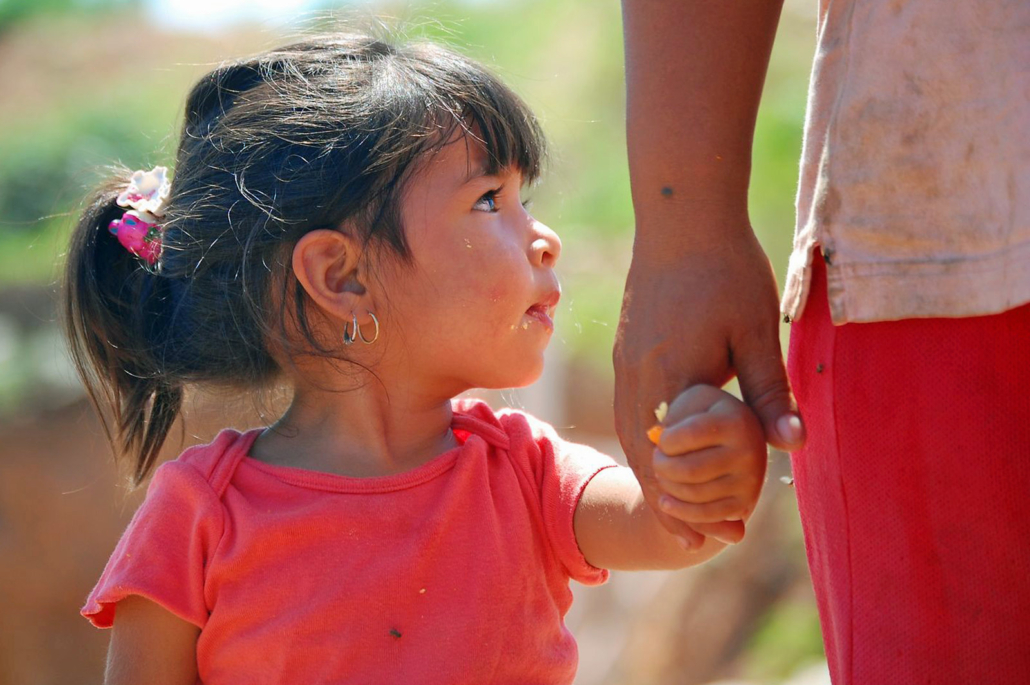Efforts Aiding Asylum Seekers in Mexico
 Faced with imminent issues of gang violence, unemployment and poverty, individuals and families are having to leave their homes in Central America. The Social Panorama Report carried out in 2022 stated that 201 million Latin Americans live in poverty and 82 million are living in extreme poverty. The report highlights the requirement for transformative policy changes to increase education and re-open educational establishments. Here is some general information about the migration of people in Central America and efforts to aid asylum seekers in Mexico specifically.
Faced with imminent issues of gang violence, unemployment and poverty, individuals and families are having to leave their homes in Central America. The Social Panorama Report carried out in 2022 stated that 201 million Latin Americans live in poverty and 82 million are living in extreme poverty. The report highlights the requirement for transformative policy changes to increase education and re-open educational establishments. Here is some general information about the migration of people in Central America and efforts to aid asylum seekers in Mexico specifically.
The Situation
Natural disasters have also been impacting people in Honduras. Subject to heavy rainfall and drought, food availability has been limited. A 2022 report projected that 2.6 million people could be facing food insecurity and the destruction of their homes and communities.
In the pursuit of a better life, there are now estimated to be around 597,000 refugees and asylum seekers from El Salvador, Guatemala and Honduras.
Neighboring communities and other Latin countries are receiving huge influxes of asylum seekers. This issue has resulted in Mexico becoming one of the largest recipients of uprooted individuals, third only to the United States and Germany.
As of December 2022, the number of asylum seekers has rapidly increased. Mexico has received 118,800 new asylum claims, which has resulted in the stretching of health provision and social services, exacerbated already by the pandemic. Along the Mexican border, in places such as Tapachula, access to the right to work is limited. Not only do individuals undertake long, sometimes perilous, journeys to reach the country but face poverty and low living standards upon their arrival.
Challenges for Asylum Seekers in Mexico
The rapid mobility of refugees to Mexico is met with high processing wait times and limited access to employment and education. Between 2018 and 2019 alone, Mexico’s asylum agency (COMAR) accepted 11% of asylum applications, and rejected 2.7%, leaving 70.6% of applicants unconsidered.
Regions such as Tapachula are becoming overcrowded, resulting in the exacerbation of social issues from which asylum seekers were trying to flee, such as discrimination, lack of housing, instability and the fear of being detained.
American governments are becoming more aware of this issue. The Mexican government implemented The Comprehensive Regional Protection and Solutions Framework (MIRPS) to organize effective solutions to the refugee crisis. The organizations have made commitments to provide protection, jobs and livelihoods, social protection, health and education to displaced people.
The Sectoral Education Programme and the National Development Plan
Aligning with strategies such as the Sectoral Education Programme 2019-2024 and the National Development Plan 2018-2024, which is promoting “inclusive and resilient educational communities.” Imposing stricter repercussions for students who miss school, training teachers to provide psychological support and intervening in sanitary standards of schools, initiatives are increasing and ensuring attendance at schools. A legislative turning point, governmental focus to improve community stability is a vital step in bettering the lives of asylum seekers in Mexico.
The UN Refugee Agency
This adopted policy of shared responsibility is mobilizing groups to provide stability to people’s lives. For example, the U.N. Refugee Agency works alongside 70 governments and associates to distribute shelter and protection services, food, hygiene kits and cash-based assistance. All of these enable asylum seekers to begin to rebuild their lives.
The UN Refugee Agency carries out work to provide information to asylum seekers across Southern and Central America to help locate a safe environment for their families. For example, Nohemi Enamorado and her young daughter are now in a gang-free location in Aguascalientes as the agency identified a growing demand for workers within the textile industry. Now living without the threat of violence and sudden migration, Nohemi and her daughter can establish their lives without fear.
Organizations are spreading awareness of the current refugee crisis in Central America. Families and individuals should be at the center of policies moving forward to alleviate the suffering and poverty that asylum seekers in Mexico face in the pursuit of security.
– Sophie Butts
Photo: Flickr
